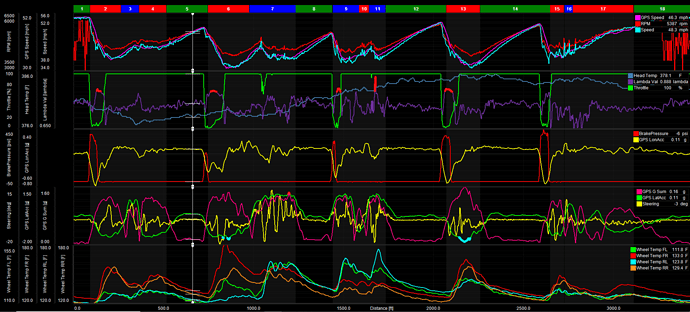Lean vs rich:
We use terms around here that most understand but not everyone. I fall into the kinda understanding what stuff means category because I’ve been hanging around here a bit, but I am learning as we go. Bear in mind I never did my own wrenching and relied on Jerry to get us set up properly. Also, my beloved rental karts have no adjustments we can make as patrons.
I thought it might be helpful to do a thread with “explainers” where I explain something in simple terms and you guys correct me and elaborate.
Lean and Rich is such an example. What I’ve gathered thus far is that this refers to the fuel/air mixture that is determined by your carburetor settings via the “needles”. Depending upon how you set these needles, your air/fuel mixture could be heavy on fuel (rich) or heavy on air (lean).
Ok great, so what do we do with this knowledge?
I’m not too sure. To begin with, we should probably discuss what lean versus rich “looks” like.
Lean, to my understanding (more air/less fuel), runs hotter and produces more power in some circumstances but isn’t something you can use for long. Our fuel contains oil, so our fuel is our lubricant. If we run lean too long, we are starving our engines of lubricaton, running it too hot, and potentially seizing the piston in the cylinder. So, while lean may be zoomy, it’s too hot.
Rich, on the other hand, means more fuel is in the mix, and I am not sure what the result of rich is in terms of engine behavior. Plenty of lube but maybe potentially boggy on the bottom end? I’d imagine the plentiful fuel means that you might have incomplete detonations or something. But, there has to be some circumstance where someone would want to richen the engine.
How do you know if you are running too lean versus too rich?
Again, not sure. Someone jump in here. On track it must be in how the engine “feels” and responds to power being put down.
Visually, I have seen pictures of our piston crowns being referenced in lean vs rich discussions. It would seem that lean results in certain type of piston wear and deposits on crown versus rich and can be identified visually.
Edit: Adam contributes:
If I have my kart setup up fine, will my carb setting ever need to change? Will I somehow go from correct settings to lean or rich?
I think so. What seems to change wether you lean out or richen the mix is atmospheric conditions and elevation. As weather/temp/elevation changes, so too does the process of combustion and you need to make adjustments to carb needles to compensate.
And that’s all I got. Fire away. Please feel free to hop in and clarify/correct/elaborate.
The intent of this is to try to de-mystify a lot of the jargon we use for non wrench folks and newbies. Like me. ![]()





